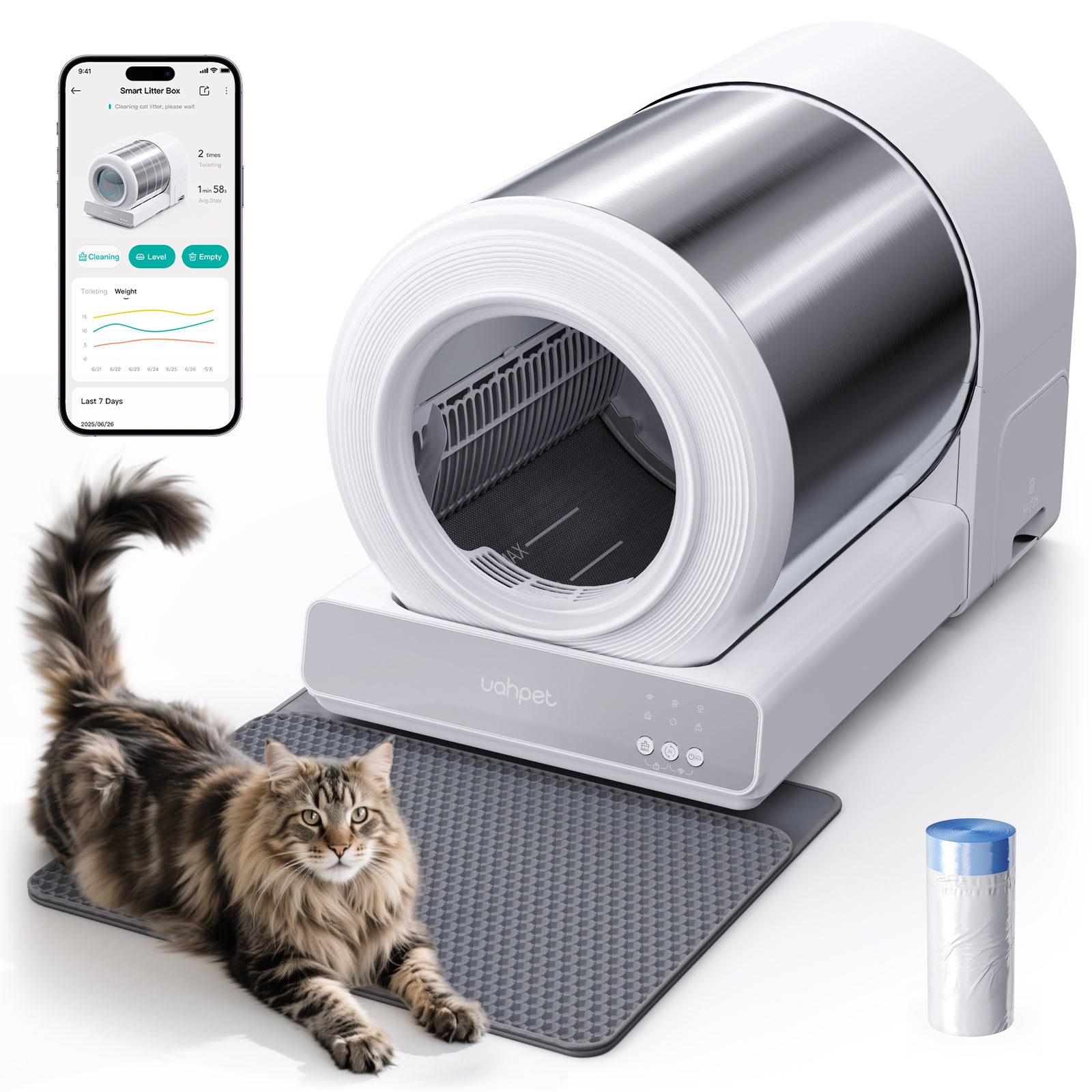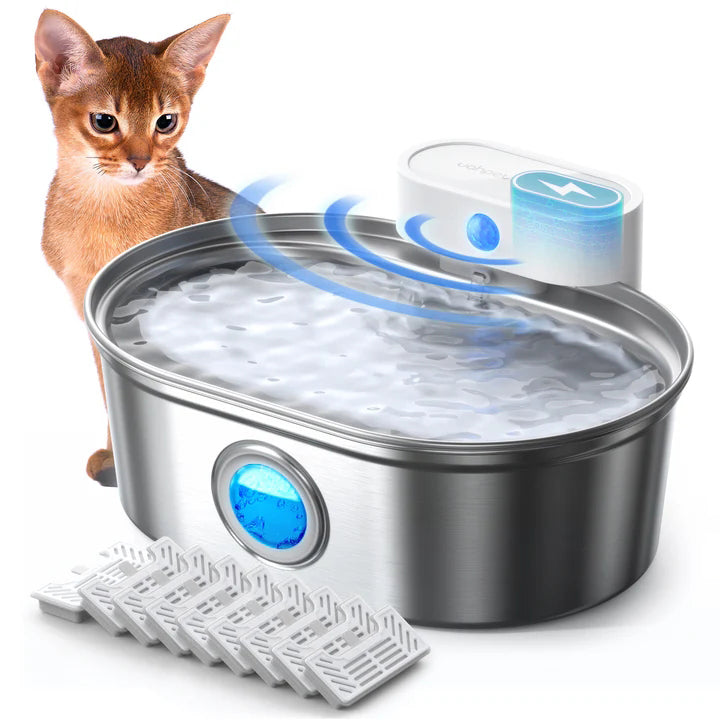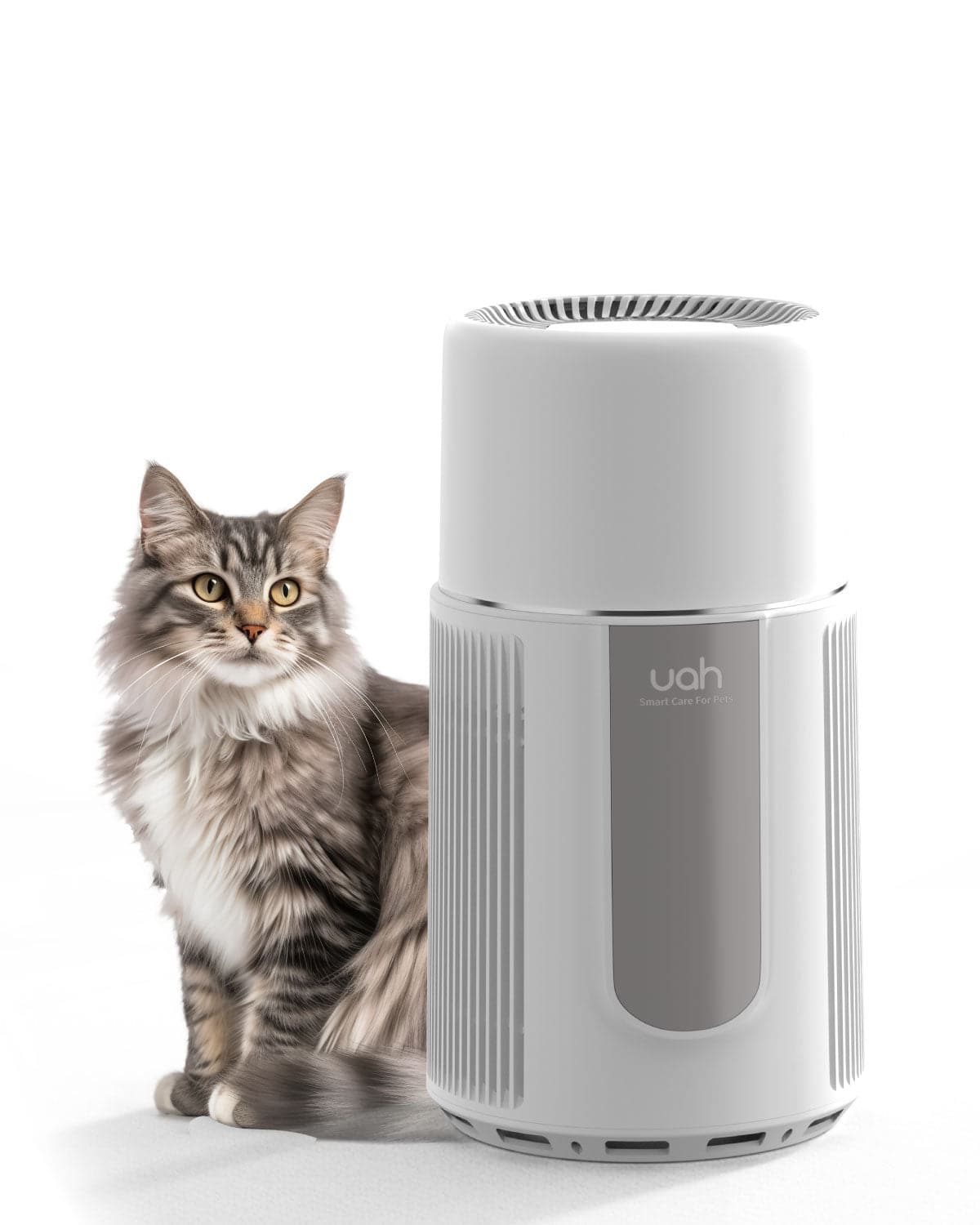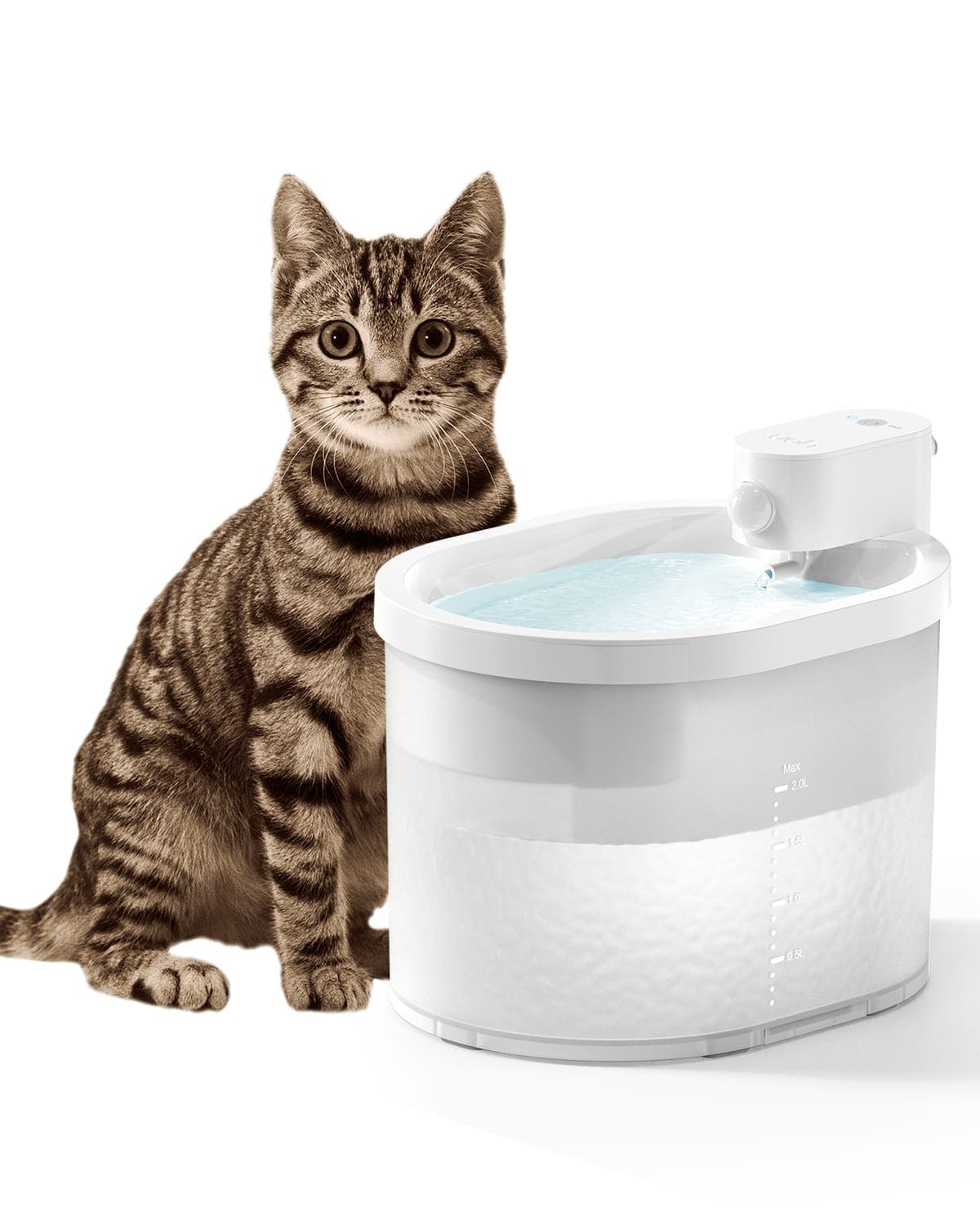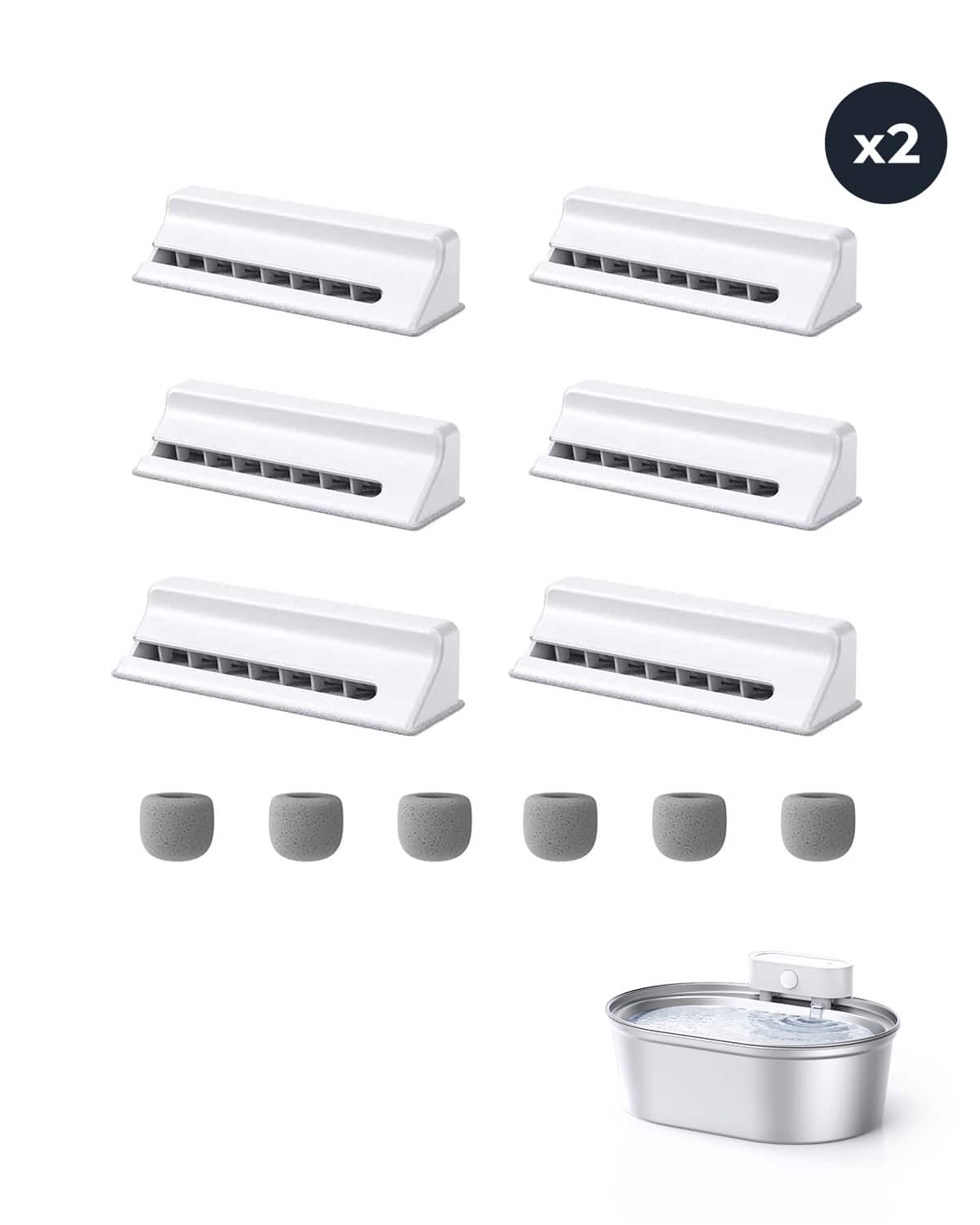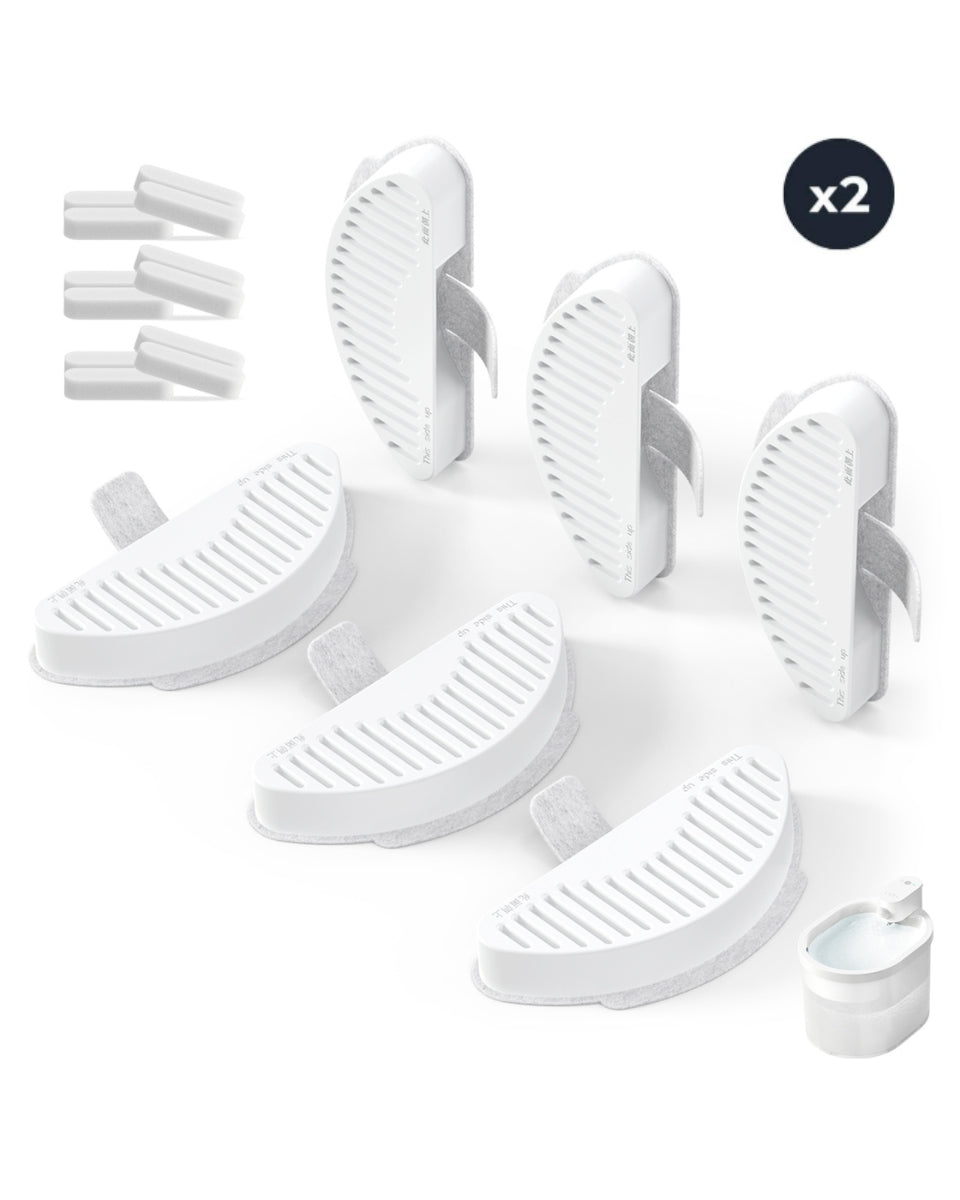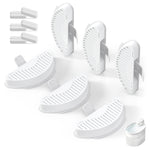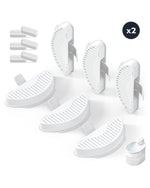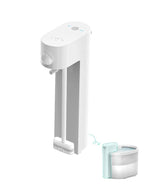For pet owners, the joy of having a furry companion often comes with the challenge of dealing with pet allergens. These microscopic particles can trigger allergies, making it difficult to breathe comfortably in your own home. But can air purifiers really help? Let's dive into the details to understand how air purifiers work and whether they can effectively remove pet allergens.
Understanding Pet Allergens
Pet allergens are tiny proteins found in pet dander, saliva, and urine. These particles can become airborne and settle on surfaces, making them difficult to eliminate. Common symptoms of pet allergies include sneezing, itchy eyes, and respiratory issues. For those who suffer from allergies, reducing exposure to these allergens is crucial for maintaining a healthy living environment.
How Air Purifiers Work
Air purifiers are designed to improve indoor air quality by capturing and removing airborne particles. They use various technologies, such as HEPA filters, activated carbon filters, and ionizers, to trap pollutants. HEPA filters, in particular, are highly effective at capturing particles as small as 0.3 microns, which includes most pet allergens. By continuously circulating air through these filters, air purifiers can significantly reduce the concentration of allergens in the air.
Effectiveness of Air Purifiers Against Pet Allergens
Studies have shown that air purifiers equipped with HEPA filters can effectively reduce airborne pet allergens. However, it's important to note that air purifiers alone may not completely eliminate allergens. Regular cleaning, vacuuming, and grooming your pets are also essential steps in minimizing allergen levels. Additionally, placing the air purifier in the right location, such as near your pet's favorite resting spots, can enhance its effectiveness.
Choosing the Right Air Purifier
When selecting an air purifier for pet allergens, consider factors such as the size of the room, the type of filter, and the air change rate. A purifier with a high CADR (Clean Air Delivery Rate) is ideal for larger spaces, while a HEPA filter is a must for capturing allergens. Some air purifiers also come with additional features like UV-C light, which can help neutralize bacteria and viruses, further improving air quality.
Maintenance and Care
To ensure your air purifier continues to perform effectively, regular maintenance is essential. This includes replacing filters as recommended by the manufacturer and cleaning the unit to prevent dust buildup. Neglecting maintenance can reduce the purifier's efficiency and allow allergens to accumulate in your home.
Additional Tips for Reducing Pet Allergens
While air purifiers play a significant role in reducing pet allergens, combining them with other strategies can yield even better results. Washing your pet's bedding frequently, using allergen-proof covers on furniture, and keeping your home well-ventilated are all effective ways to minimize allergen exposure. Additionally, bathing your pet regularly can help reduce the amount of dander they shed.
Living with pets doesn't have to mean living with allergies. By understanding how air purifiers work and implementing a comprehensive approach to allergen reduction, you can create a healthier and more comfortable environment for you and your furry friends. Ready to breathe easier? Explore the options and take the first step toward an allergen-free home today.

